At Bookatrekking.com, we help people plan their Kilimanjaro climb every single day. One of the most common questions we get is: “When is the best time to climb Kilimanjaro?” It’s a fair question. You don’t just wander up a 6,000-meter mountain without thinking about the weather, and if you’re going to do it, you want to stack the odds in your favour. Dry trails, clear skies, and a solid chance of summiting. Makes sense. But like most things on the mountain, the answer isn’t as simple as picking one perfect month.
I climbed Kilimanjaro myself in August 2022—right in the heart of the dry season. No rain, crisp nights, dusty trails, and freezing mornings. It was close to ideal, at least for me. But that doesn’t mean August is the best time for everyone. In this post, I’ll share a bit of my own experience and break down the seasons on Kilimanjaro so you can figure out what suits you best. Because the best time to climb isn’t just about the weather—it’s about you, your expectations, and how you want to experience the mountain. Our experience? Check the video!



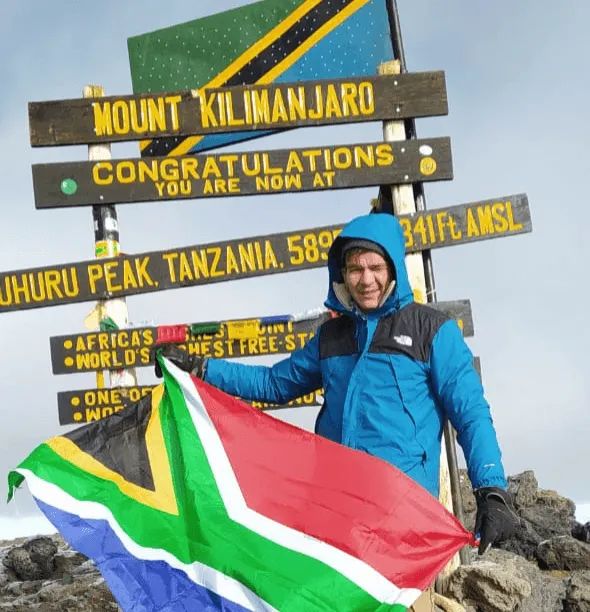
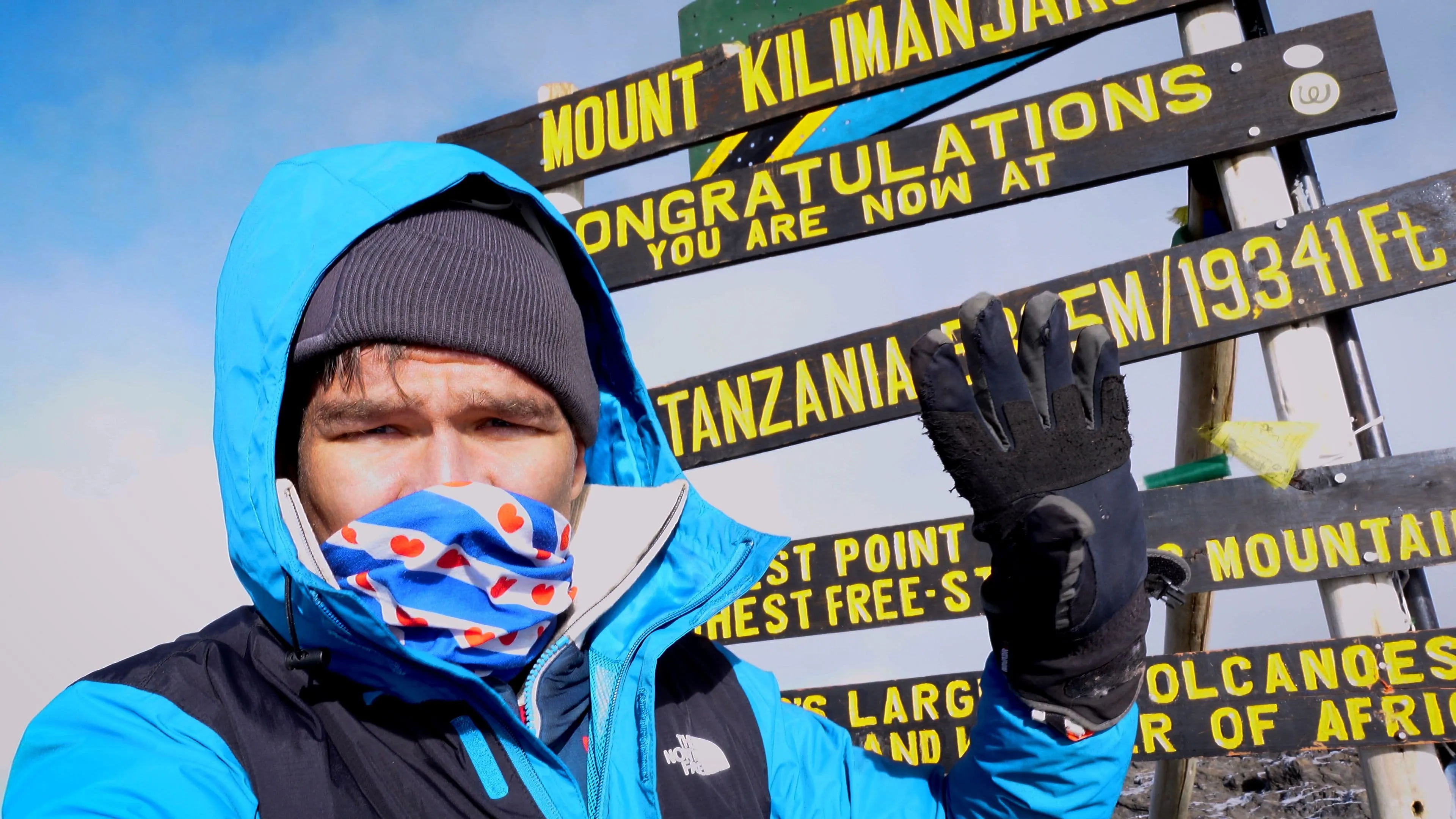
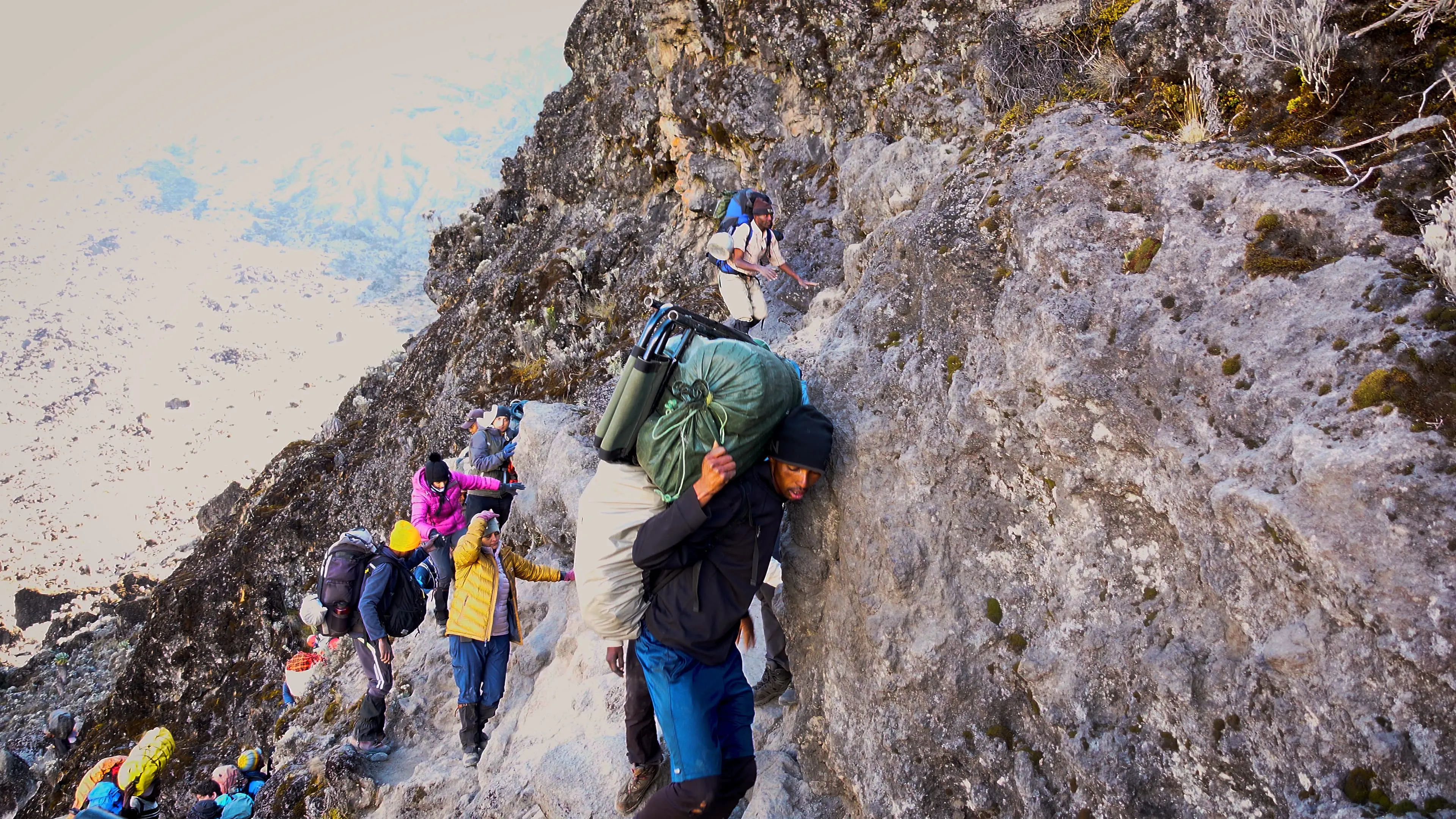
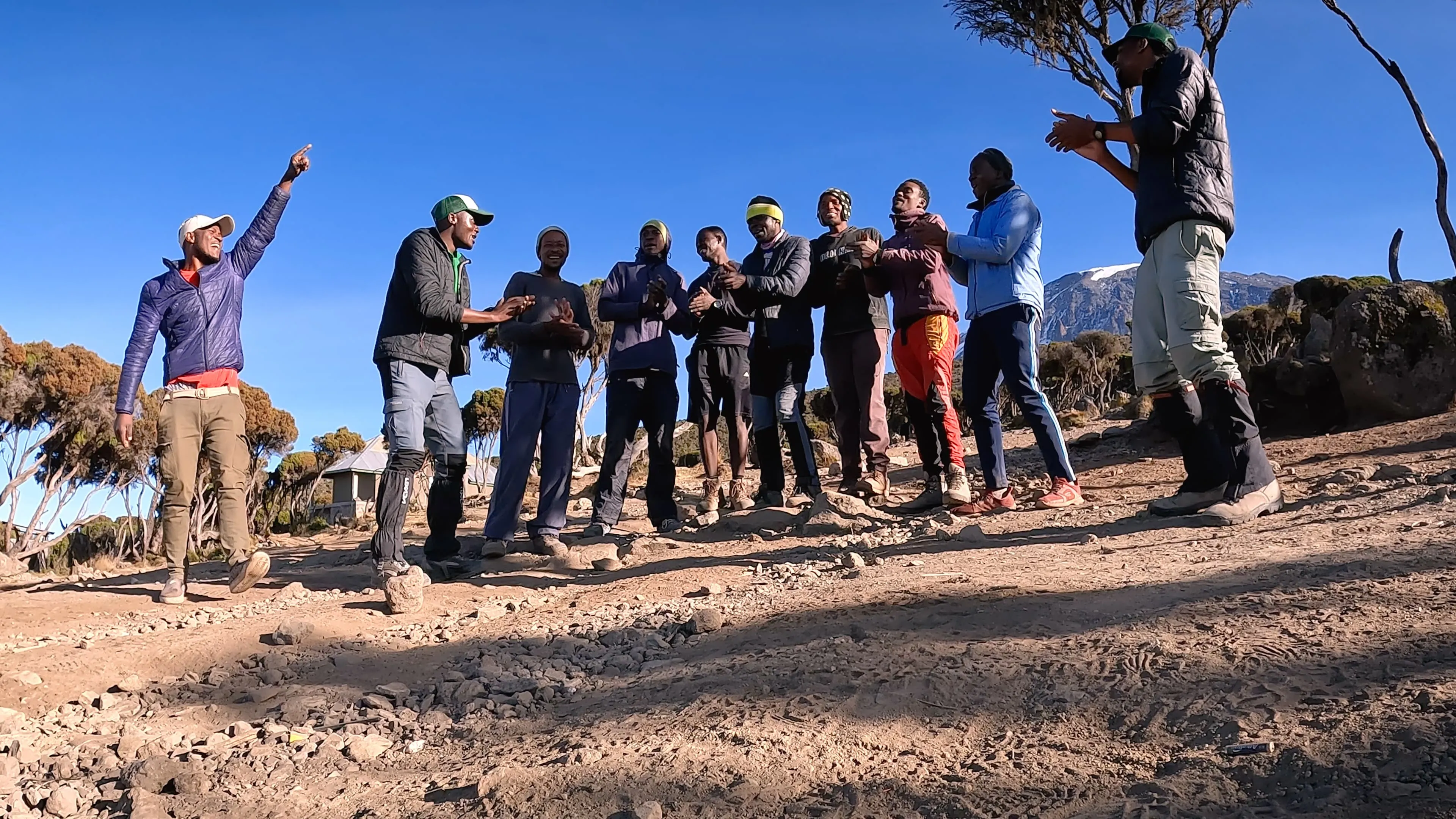
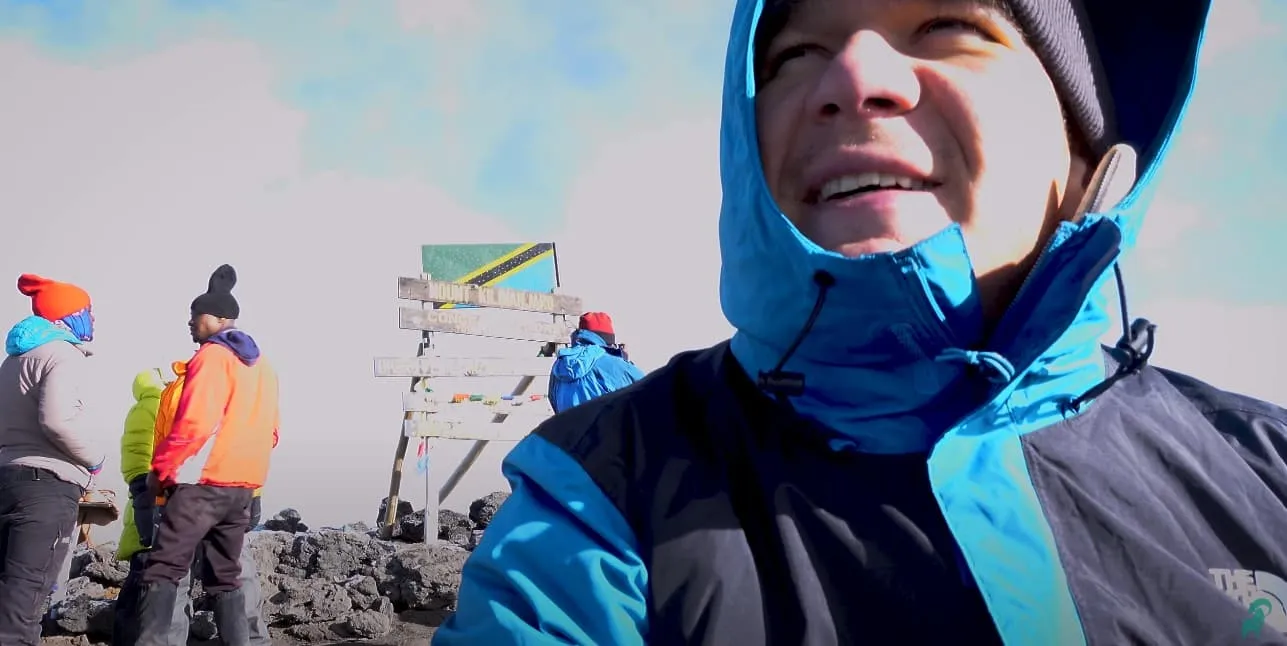
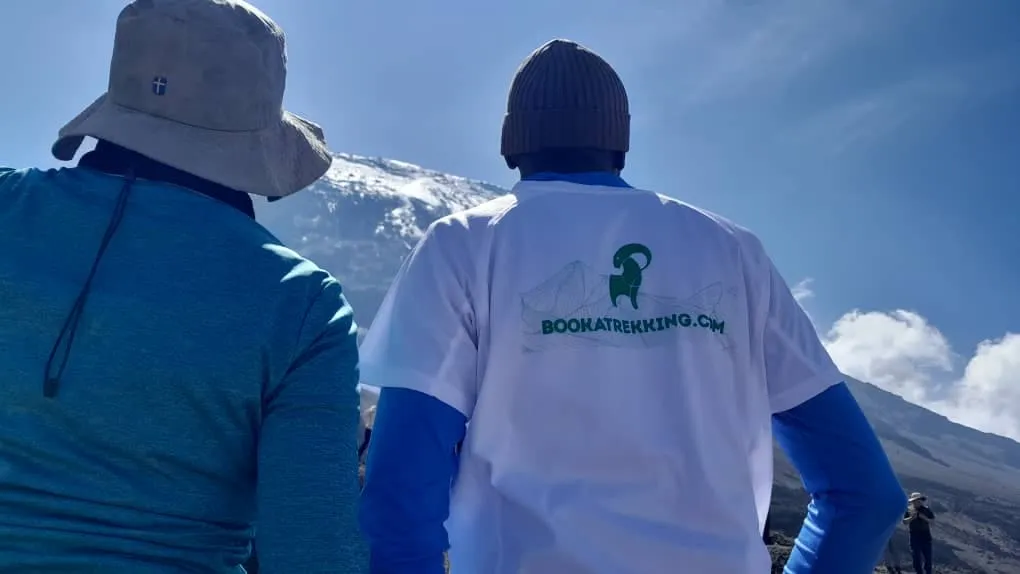
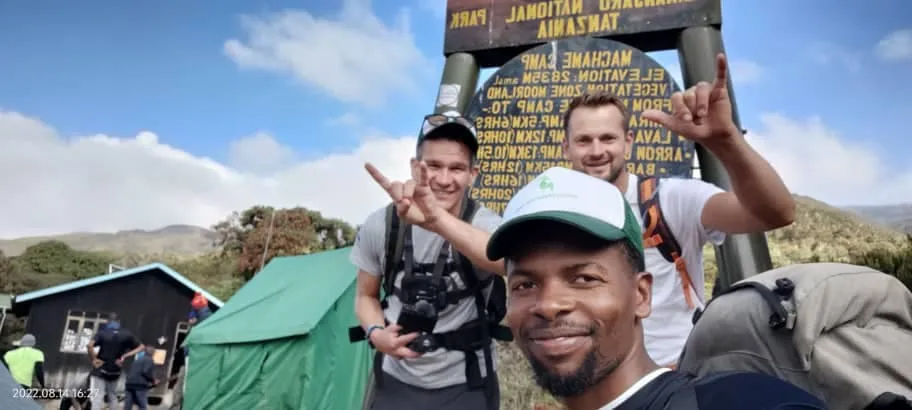
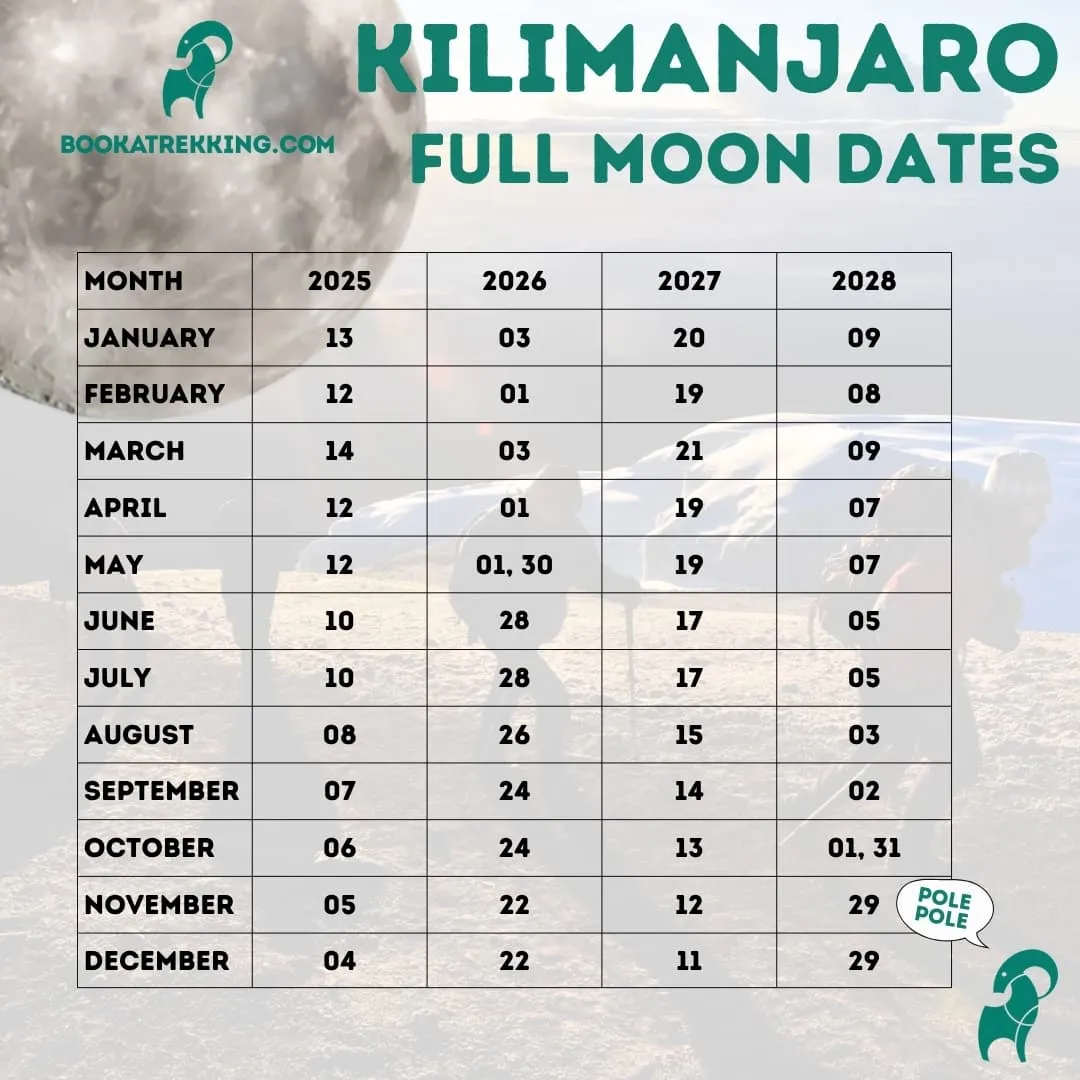
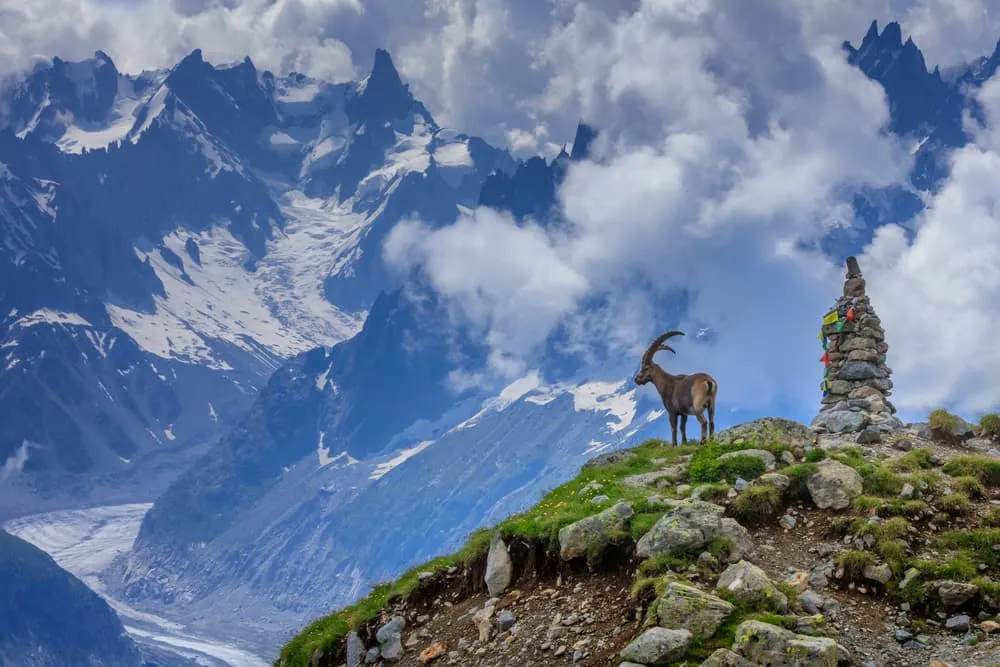

Comments